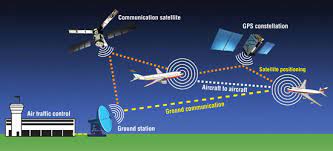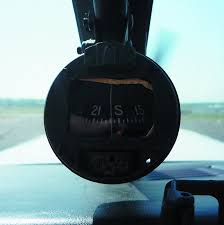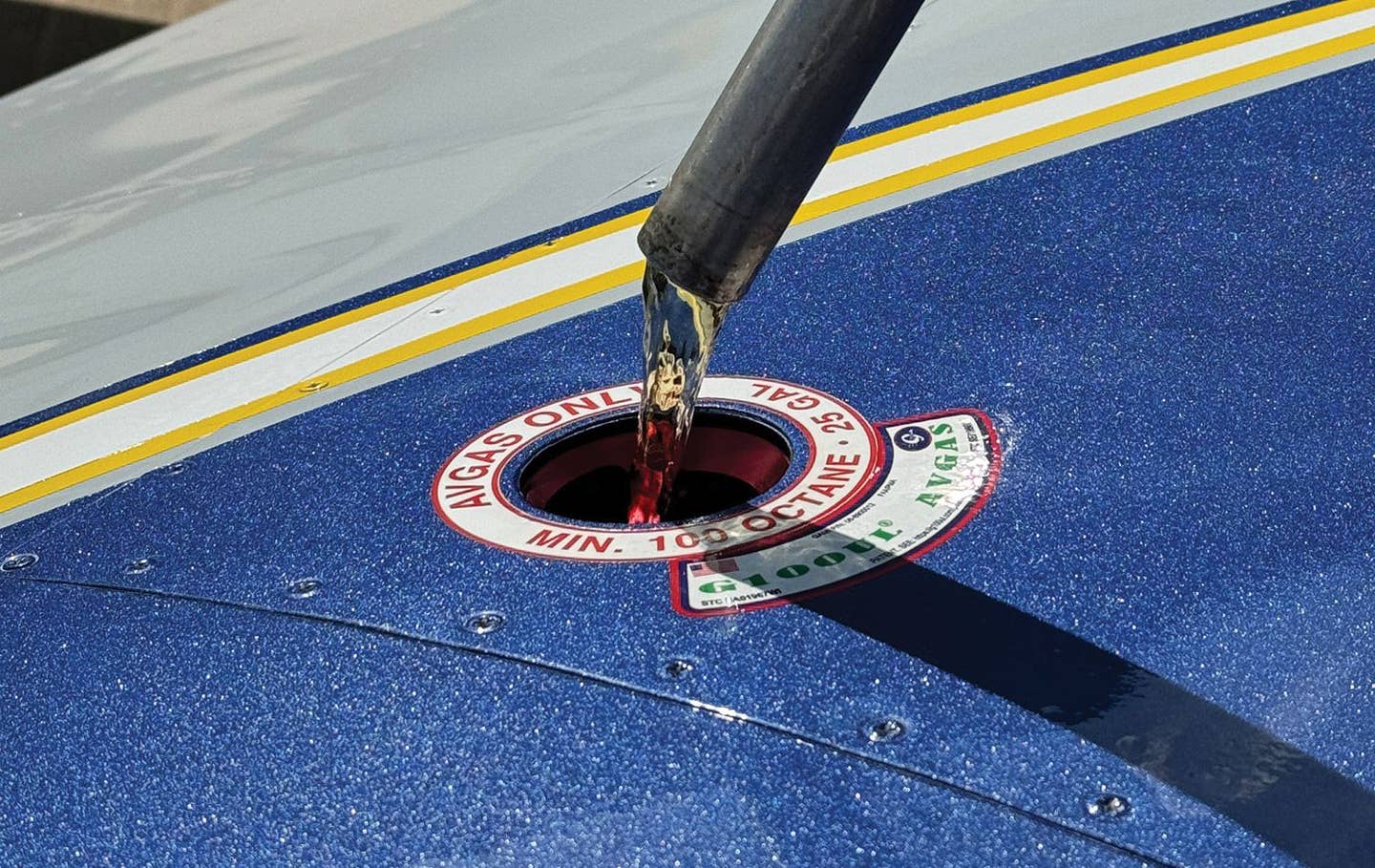CEO Of The Cockpit: The Good Old Days
These are the “good old days” for a new generation of pilots

Last weekend, I fulfilled the role of an “antique squared.” This is when an antique is found to be flying an antique.
Slipping the surlies of my home airport, I ventured out with my mighty 1946 Cessna 140 to a local EAA meeting in another town. A lot was going on there, including the ubiquitous Young Eagle flights, charcoal-grilled processed meat eating and the usual group of builders/pilots pondering the latest group aircraft project.
Having fulfilled my Young Eagle ride provider duty, I settled into my lawn chair in the shade under the fabric wing of my mighty 140. I viewed an unusual sight nowadays—a large group of people at an airport having fun while learning things.
On most ramps and airports on most days, you can hear an eerie, whispering silence while perhaps seeing a metaphorical tumbleweed or two traverse the space of what used to be a vibrant area. The day of having random groups of ramp tramps loitering for hours and days at the local airport has passed with the coming of barbed-wire fencing, unfriendly FBOs and snooty airplane owners.
Just as I was about to close my eyes to rest a while, a middle-aged guy wearing a hat with his airplane’s “N” number on it sidled up and, after a glance at my airplane and my gray hair, said, “Wow, nothing like the good old days of flying, huh?”
He went on. “Yep, old airplanes like this flown in the old way are the best. I have only been flying a few years and wish I had flown during the good old days of aviation like you have.”
I found his comment funny. How did he know I did not start flying recently? Was it my bald spot, my skin cancer surgery scars or my prescription bifocal sunglasses?
Had he investigated the cockpit of my ride, he might have noticed the ADS-B capability, two electronic multifunction displays, the panel-mounted GPS backed up with an iPad using ForeFlight driven by a Sentinel, and the rescue handheld GPS in the glovebox. If you discount the fact that it is missing a flight director, autopilot and autothrottles, my airplane is better equipped than most airliners I have flown.
I pulled out my backup lawn chair, opened it, and asked him to sit with me in the shade for a while.
He was right in assuming that I had been around flying for a while, but he was surprised to hear me say that I wasn’t missing the good old days all that much.
Sure, I said; back in the day, young pilots like me operated under very little supervision. I began working at the airport as a lineboy right when I turned sixteen and was given an Avgas truck, a Jet-A truck and a random bunch of motor-driven tugs to play with.
I soloed during my sixteenth year with about seven hours of flight time, which is something you probably would not see done today. I was trained and prepared to solo but did not have to take a written quiz, talk on the radio, know what a transponder was or deal with a lot of aircraft systems knowledge.
I soloed so early not out of skill, but because I worked there, and my instructor was tired of the lessons I could afford only after saving up every two weeks.
There seemed to be a lot less traffic back in the good old days than there is now. Of course, we lacked ADS-B and TCAS, so there might have been quite a few aircraft near us that we never saw.
People used to smoke a lot in airplanes.
Imagine sitting in a Cessna 150 with an old instructor who looked like me but chain-smoked. It caused a few breathing challenges and often made it hard to see.
Have you ever seen those power outlet plugs in an airplane cockpit that we plug our iPads into? They used to contain cigarette lighters, which were used all the time to light cigarettes.
We navigated using pilotage and occasionally a VOR. Having a DME was a distant and expensive dream, and RNAV was out of the question for us. I literally navigated by reading water towers and highway signs.
Until halfway through my airline career, I had a list of AM radio station frequencies from various towns and used the ADF to cross-check my position while trying to find out football scores to pass along to my passengers.
Weather, especially dangerous weather, was an unseen and sometimes surprising thing before we could access and watch it on a screen in our humble general aviation spam cans. I flew twins IFR at night without radar, and my only clue about a thunderstorm being out there sometimes came when I ran into it.
Because there was no internet, we took pictures of our airplanes using Instamatic cameras and got the prints weeks or years later from the drugstore. The idea of hanging a video camera on our struts or cockpits would have horrified us.
My newfound chair-bound friend was looking uncomfortable. I am sure he did not expect a lecture from a geezer when he ventured out to the airport.
I stood, which gave him tacit permission to stand. Before he ambled off to find a less verbose airport acquaintance, I finished up with one last comment that I think was the unvarnished truth of the matter.
What I miss about the good old days was being young, full of hormones, energy and stupidity, and getting up in the morning with nothing hurting. Flying through sweet air in low-time flying ignorance, I was so happy to be in the air that I didn’t know or care how dumb I was.
To the Young Eagles I flew, today is the beginning of their good old days. Their future might include fly-ins on Mars, but I bet they look back on this time as a quaint, safe and happy place where flying was fun and their best adventures lay in the future.
If you'd like more of Kevin Garrison's stories and observations, check out Amazon's special offer on his book. The CEO of the Cockpit will be available for free on Amazon.com from July 8th through July 12th here .






